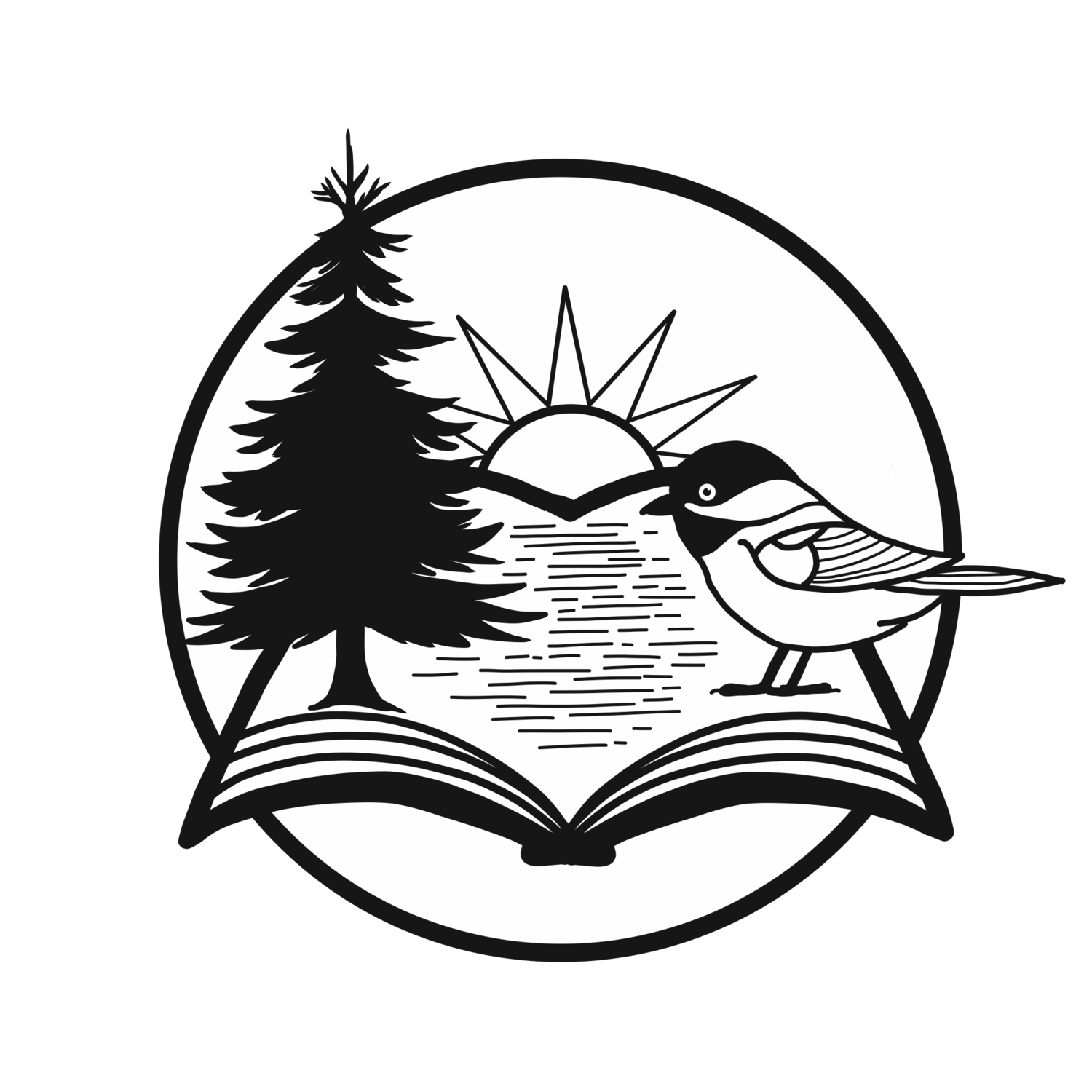Dahl Botterill
Douglas Coupland is perhaps best known for his ability to tap into the most immediate and relevant aspects of the interplay between media and technology and capture how that interaction affects people. That ability is certainly on display in Generation A, a novel that wears its literary debts and connections on its sleeve while also attempting to tread some new ground. The story follows five individuals living all over a world without bees when, one by one, they each find themselves on the receiving end of a bee sting.
Governments and international organizations come down like a hammer, of course, and each of the protagonists finds themselves under careful study while deprived of any sort of sensory input or experience. When they are released back into the world, they discover that they've become the most famous people on the planet. Each handles this fame differently, but eventually, their shared experiences draw them all to a remote Canadian archipelago, where together they try to determine what exactly it is that they've all got in common.
There's a distinct narrative shift that occurs partway through Generation A, at which point, a story about five individuals coming together becomes five individuals telling stories collectively. The degree to which it works will probably depend on the reader. Plots and sub-plots begin to morph into one another as they fade into the background, and the characters one has invested in thus far divest their centrality to some degree as their own personal fictions take centre stage. It's interesting, and it works insofar as they're all really telling the same story Coupland has been telling all along—but it probably won't be for everybody.
Generation A is a good book. It's interesting, clever, and Douglas Coupland's writing is as enjoyable to read as ever. The novel is full of fun moments, cutting observations, and plenty of references and retrospections for the casual or committed reader. The author plays with storytelling and narrative in interesting ways and perhaps even generates some effective commentary on the interplay between desire and responsibility. But is it a great book? Probably not. If you're a fan of Douglas Coupland's writing and haven't read Generation A, you'll very likely find lots to enjoy here. If you've never read him before, there are better places to start.





















